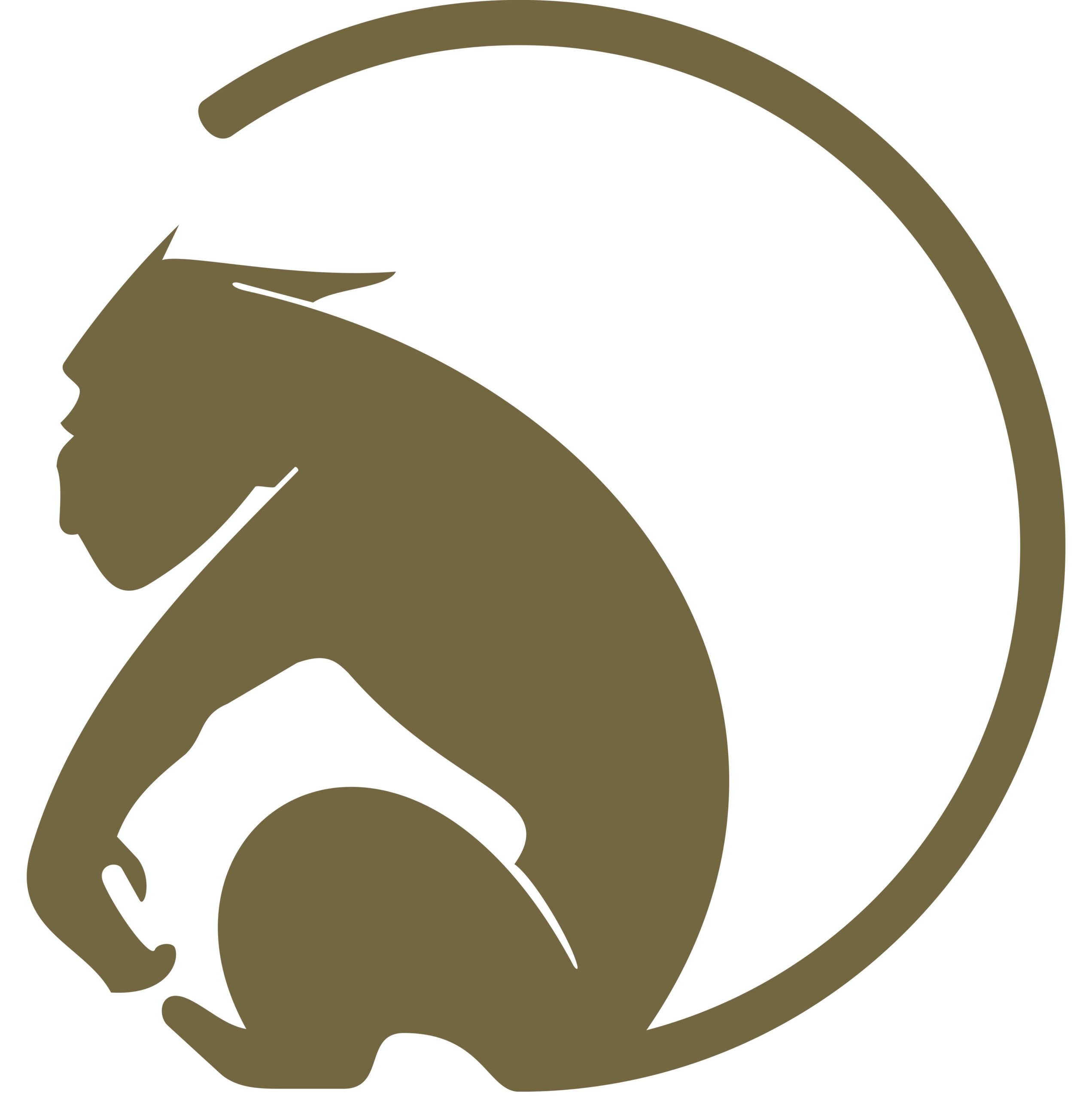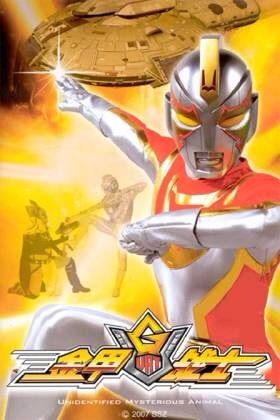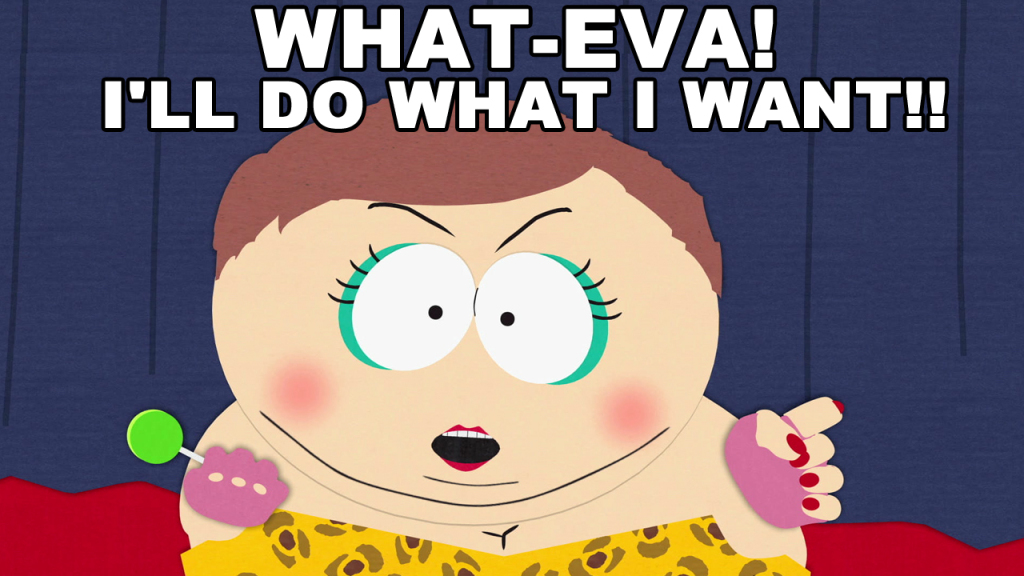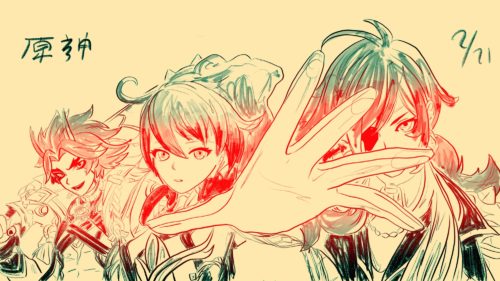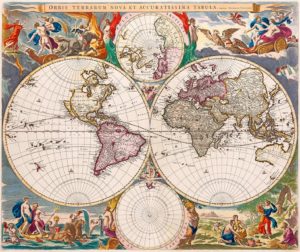If China had superheroes…
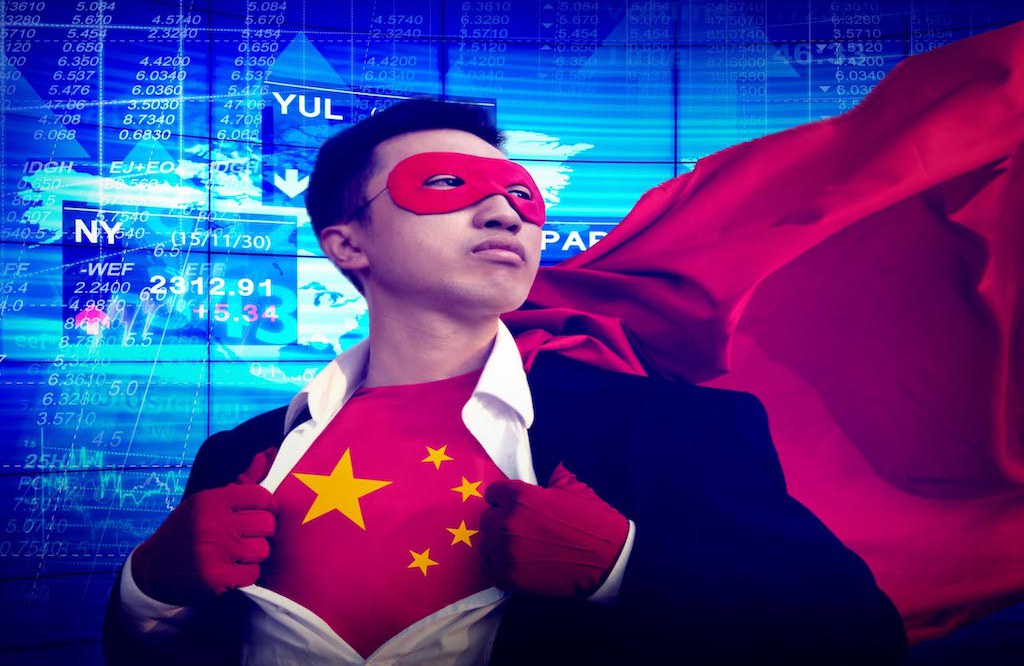
I may not have been an avid comic book reader as a child, but in my childhood bedroom, I still have a large tome about Spider-Man lore. It covers every version of Spider-Man, all of his villains, romantic interests, and details about Stan Lee’s creative process. I devoured it, probably in a Spider-Man onesie.
Point is, I like Spider-Man. I love Marvel. Always have. That’s why I was excited for the release of Avengers: Infinity War in China on May 11. I won’t give any spoilers away for those of you who haven’t seen it, even though you’ve had two weeks to see it if you’re reading this outside of China. But the movie got me wondering: apart from maybe Leng Feng from Wolf Warrior 2, who could be considered “superheroes” for today’s Chinese youth to look up to and obsess over, just as I had with Spider-Man? Conversations with my students and local friends consistently gave me three answers:
1. Sun Wukong (孙悟空)
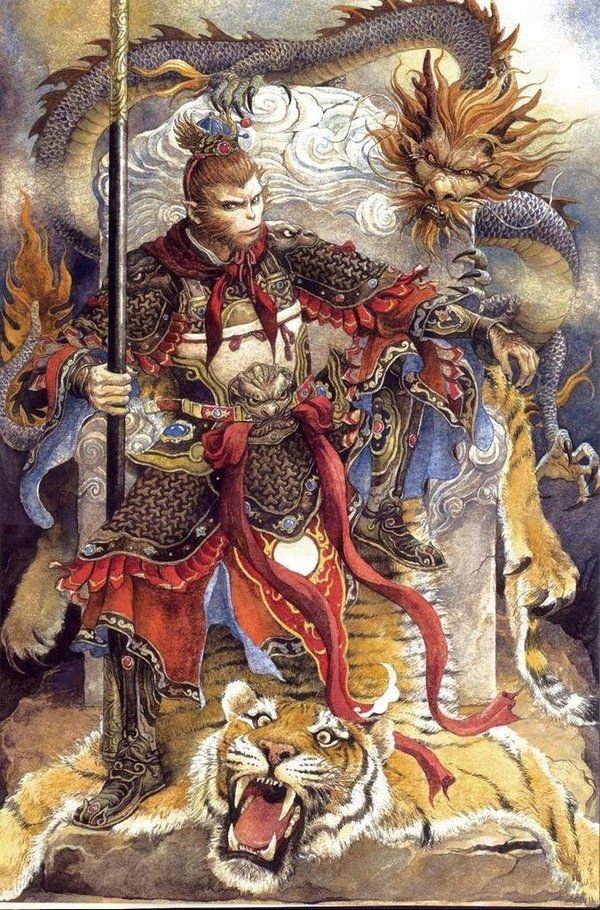
Also known as the Monkey King, Sun Wukong is from the classic Chinese novel Journey to the West, published in 1592. The story takes history and conjures it into fantastic myth. Real-world historical figure Xuanzang 玄奘 traveled to India nearly a thousand years before the publishing of Journey to the West in order to receive instructions on translating writings of Buddhism. Xuanzang is protected by Sun Wukong, along with two other companions: the Buddhist Monk Pig Zhu Bajie 豬八戒 and the man-eating sand demon Sha Wujing 沙悟净.
All three are formidable warriors, but Sun Wukong is the most powerful. To name only a couple of his many talents, he has super-strength hyper agility and shapeshifting powers, including the ability to pluck a hair from his body and transform it into anything he likes. He’s immortal, and his weapon of choice is a staff. Like any monkey, he’s mischievous, and is in some ways an anti-hero, creating havoc for both the gods in Heaven and the Emperor on earth.
He’s a very popular character in Chinese folklore and has been adopted in other cultures as well. If you’ve ever been a fan of the Japanese anime Dragonball, you might be interested to learn that it’s derived from Journey to the West. Goku is based on Sun Wukong. So just remember when you’re charging up your Kamehameha wave that you have a 7th-century Buddhist monk for all those epic battles from your childhood.
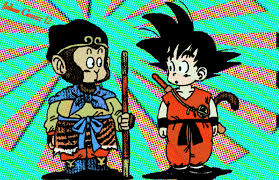
2. Calabash Brothers (葫芦娃)
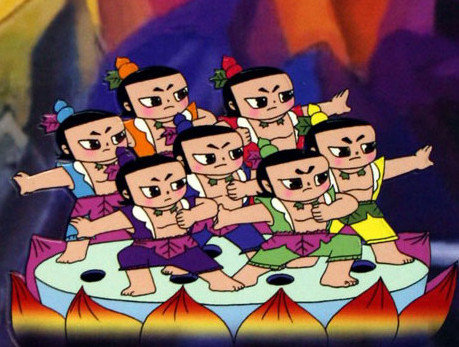
This team of super-powered brothers comes out of a 1980s show of the same name. They get their name from the gourds (calabashes) they were born from. Each of the calabashes had a different color signifying the different powers the boys would have when “ripened.” The red one can grow to great sizes, like Mario and his mushrooms. The green one can control fire and lightning, and the cyan one controls water. My students couldn’t help but giggle when they explained that they mostly shoot fire and water from their mouths, sort of like David Blaine.
Over the 13-episode run of the show from 1986-1987, they worked together to defeat the evil scorpion and snake demons that escaped from their mountain prison. As my students put it to me, the quality of the animation was poor. At the time, Chinese animation was recovering from the Mao years and has been on a slow but sure path of improvement ever since.
3. Nezha ( 哪吒)
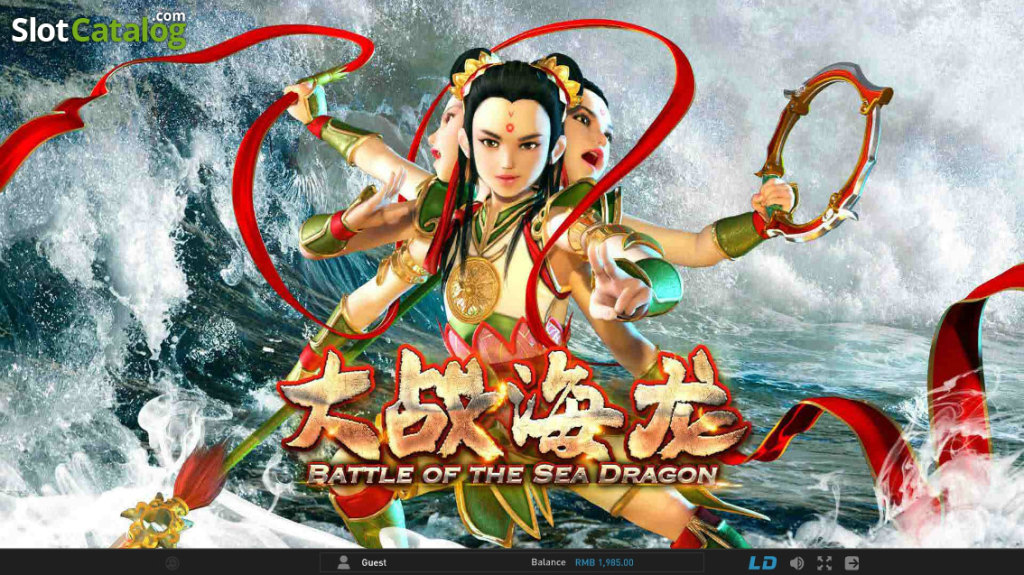
Nezha is another figure from folk legend. Born with superpowers after being born in a more than three-year-long pregnancy, Nezha was trained by an immortal and was destined to bring peace back to China. His powers include super strength, flight, and a few magical weapons. He has a hula-hoop-esque weapon called the Cosmic Ring that can be used in hand-to-hand or as a boomerang-like projectile. He’s also got a spear of flame, and a magical sash that acts a little bit like Dr. Strange’s cape.
Along the way, he caused some trouble. Wielding his great powers, he disturbed the underwater kingdom of the Dragon King of the East China Sea and killed the King’s son (yikes!). In modern China, he became especially popular after the 1979 movie based on this story.
But why stop at three superheroes? Let’s do more.
4. Armor Heroes (铠甲勇士 )
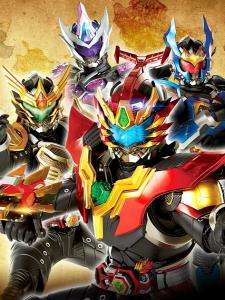
There are a handful more “modern” superheroes, but these tend to be imported ideas. For example, Armor Heroe is a well-known action show for youths, but the idea is taken from the Japanese Manga and TV show Kamen Rider. To an outside observer like me, they feel very similar to the American version of the Super Sentai series, also known as the Power Rangers.
Each of the Armor Heroes have magic crystals in their belts that allow them to transform into armored super-warriors. Like the Power Rangers, each also represents certain elements and a representative animal. In this series, they respectively represent the dragon, the eagle, the rhino, the mastiff, the tiger, and the Emperor, or the sun. They work together to defeat various monsters and trap them with magic.
5. Golden Hero (金甲战士)
Like Armored Heroes, Golden Hero is another domestically produced but Japanese-inspired superhero. After space pirates begin to attack Earth, a squadron of Chinese soldiers rush to protect it. One of the heroes, Shao Zhongtian 少中天, is seriously injured but saved by a high-tech belt that transforms him into the titular hero. A war between Earth and the interstellar pirates ensue. The way Golden hero fights and his powers are said to be derived from, yet again, Kamen Rider, but also from another Japanese hero, Ultraman.
Ancient Legends, Modern Problems
While talking about these “superheroes” in China, two things become very clear. First, most of these characters are from ancient stories, or they are imported. Second, there are no true contemporary equivalents to superheroes, and from what I can tell, very little original, new content being made. It’s as if the Chinese mythos is frozen in time. Journey to the West is constantly recycled as a subject for movies, TV shows, and cartoons.
There’s nothing necessarily wrong with that, but as my students made clear, they’re getting bored. Most of them watch Korean TV dramas, Japanese cartoons, and especially American television shows, which they consistently rank as being the best — “American TV shows can say what they want, talk about what they want, do what they want,” one student said.
Chinese shows have to stay within certain guidelines and not antagonize the moral judgment or interests of the Party. As Xi Jinping continues to tighten his grasp on the reins of power, Chinese media and its film and television artists have to produce work that promotes his ideology. Anyone looking to broach controversy or shake up conventions have to work around these constraints to make interesting, thought-provoking work.
That’s not new in China. Throughout its history, artists have had to walk the line and imbue their work with hidden meaning to avoid the wrath of the emperor, and they still managed to produce great work. So while Chinese artists face unique challenges, and may not be able to buck tradition as easily as Americans, there are still signs of Chinese content improving as the moviegoing market expands. That’s already making Hollywood change its game and prick up its ears. Even Marvel is teaming up with domestic Chinese companies to create content for the Chinese market. Let’s see.
